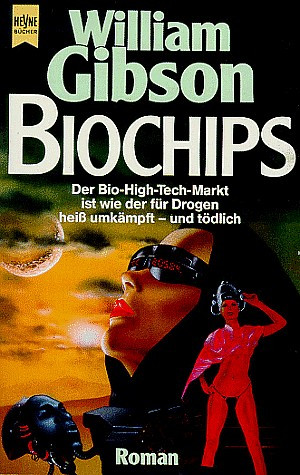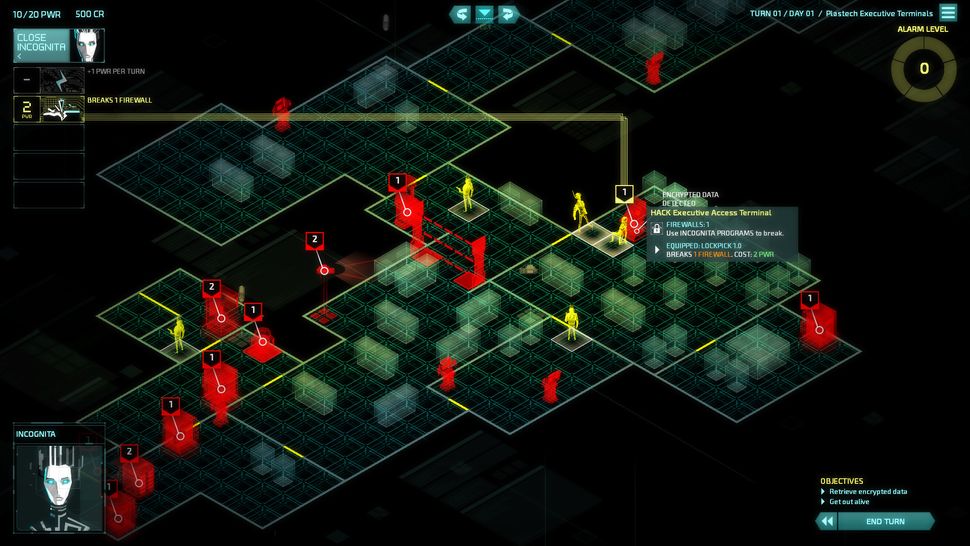

There are also differences about the elements and discourses that compose cyborg’s image: in contrast to Cartesian rationality, to the mind/body division present in representations of North American cyberpunk fiction, fantastic and religious spirituality are common elements in Latin American versions. Although the four types are identified in both cyberpunk fiction, North American and Latin American, it is noted the predominance of enhancing cyborg characters in the first and of restorative technologies in the second. The four types of cyborg technologies quoted by Gray, Mentor and Figueroa-Sarriera in the introduction of The Cyborg Handbook (1995) are adopted: (1) restorative, in the case of restoring lost functions and replacing lost organs and limbs (2) normalizing: restoring some creature to normality (3) reconfiguring, making posthuman creatures and (4) enhancing, improving some function.

It IS arguably the foundation of all things cyberpunk and has remained so for years to come. While for North American cyberpunk fiction the example is the best known novel Neuromancer (1984), by William Gibson, for Latin American the examples are three short stories -‘Primera línea’ (‘First Line’, 1983), by Argentine writer Carlos Gardini ‘Nova de cuarzo’ (‘Quartz Nova’, 1999), by Cuban writers Vladimir Hernández and Ariel Cruz and ‘2015 o El vampiro moderno’ (‘2015 or The Modern Vampire’, 2002), by Colombian writer Enrique Uribe-and two novels- Santa Clara Poltergeist (1991), by Brazilian writer Fausto Fawcett and Ygdrasil (2005), by Chilean writer Jorge Baradit. Neuromancer by William Gibson was released in 1984 and is not directly related to the upcoming Cyberpunk 2077 video game in any way. The aim of this chapter is to compare the construction of the cyborg’s image between North American and Latin American cyberpunk fiction.


 0 kommentar(er)
0 kommentar(er)
